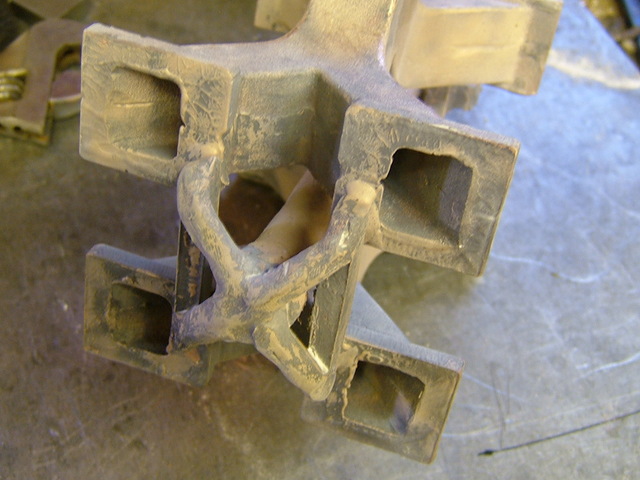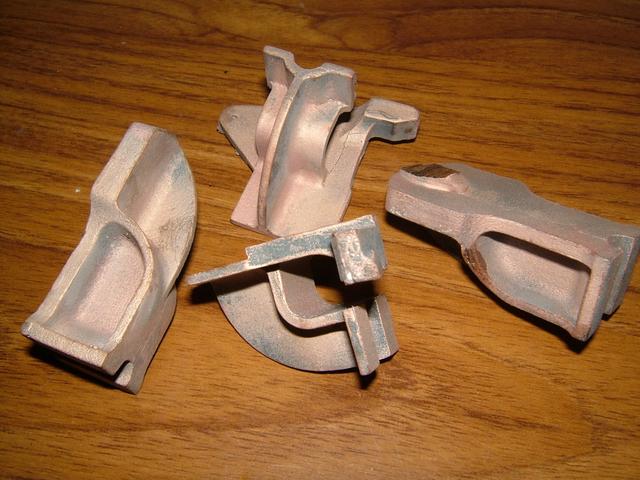Hi, I am new to this forum. I have done a little bit of aluminum foundry work but now have a need to pour some parts using Red Brass (aka C836, C83600, 85555, SAE 40, Gunmetal, Ounce Metal, Composition Bronze, Leaded Red Brass etc etc). I have yet to find a source in Southern California and the few places I have talked to want fairly large minimums. So, I want to use up my collection of old sprinkler heads and valves. They do have the hue that I am after so the question comes down to the feasibility of melting down these parts. I have heard good and bad stories from people about their success. What does the forum have to say? Any suggestions, pointers, advice? Any prep requirements besides removing as much non brass parts and corrosion? Any flux? I have been told to throw a glass bottle in the crucible.
Ron
Ron






























































